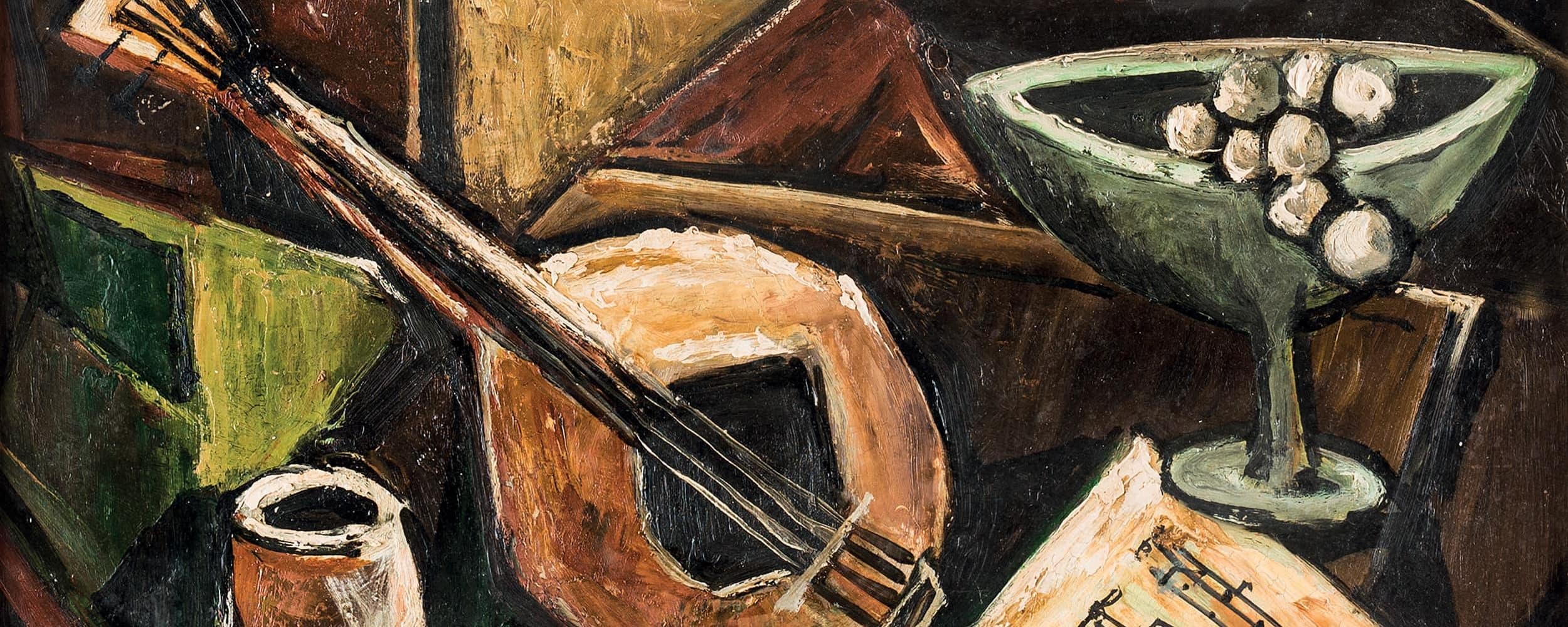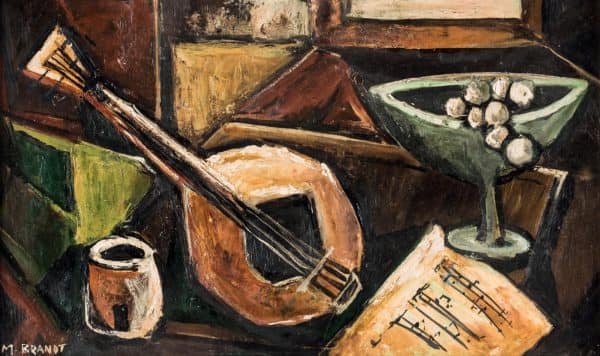

Marianne Brandt (née Liebe) was born in Chemnitz. She began to study painting and sculpture in Weimar for six years. In 1919, she married the Norwegian painter Erik Brandt and worked as a freelance artist in her own studio in Weimar. In 1921, she took courses in sculpture given by Richard Engelmann at the Weimar Academy of Fine Arts.
She began studying at the Bauhaus in Weimar in the winter semester of 1923/24, taking the preliminary course held by Josef Albers and László Moholy-Nagy. She also received instruction there from Wassily Kandinsky and Paul Klee. Brandt began to train as a silversmith at the metal workshop of the Bauhaus in 1924. This was unusual, because women at the Bauhaus were usually sent to weaving classes. After the Bauhaus relocated to Dessau, Brandt and her husband moved to Paris for nine months, with Brandt only resuming her studies in the summer of 1925. She designed the lamps for the new Bauhaus building in Dessau.
From 1927 onwards, Brandt was employed at the metal workshop, and was appointed deputy head the following year. In 1929, she began working in the architectural practice run by Walter Gropius in Berlin. Since 1924, she had achieved Europewide recognition, initially as a member of the Bauhaus avant-garde, but in 1933 her career came to an abrupt end. As a former student and employee of the Bauhaus, Brandt was deemed “degenerate”, and her marriage also crumbled. Being made unemployed brought poverty with it, which meant she was barely able to afford the materials she needed. As a result, she undertook “inner emigration”. She returned to Chemnitz to live with her parents, and continued painting and weaving in private.
In 1949, Brandt found work again and was able to establish herself in Dresden, where she was appointed to a lectureship. Her work for the Bauhaus and her avant-garde designs nevertheless did not meet with approval in the German Democratic Republic, which meant she lacked commissions. Together with Mart Stam, Brandt was appointed to teach at the Academy of Applied Art in Berlin-Weissensee. From 1953 to 1954 she was in China in order to curate the exhibition Deutsche Angewandte Kunst (“German Applied Art”) in Beijing and Shanghai.
